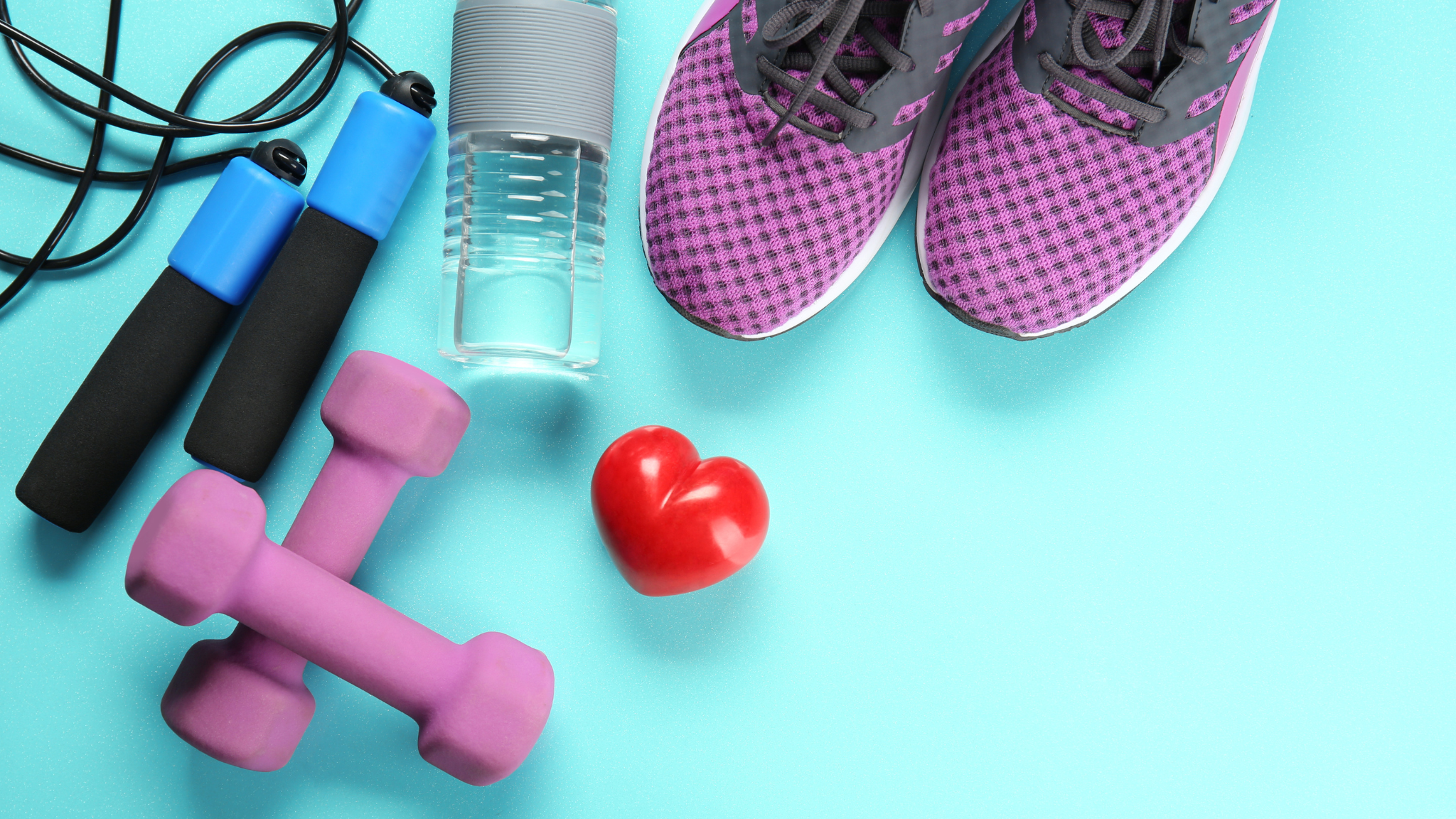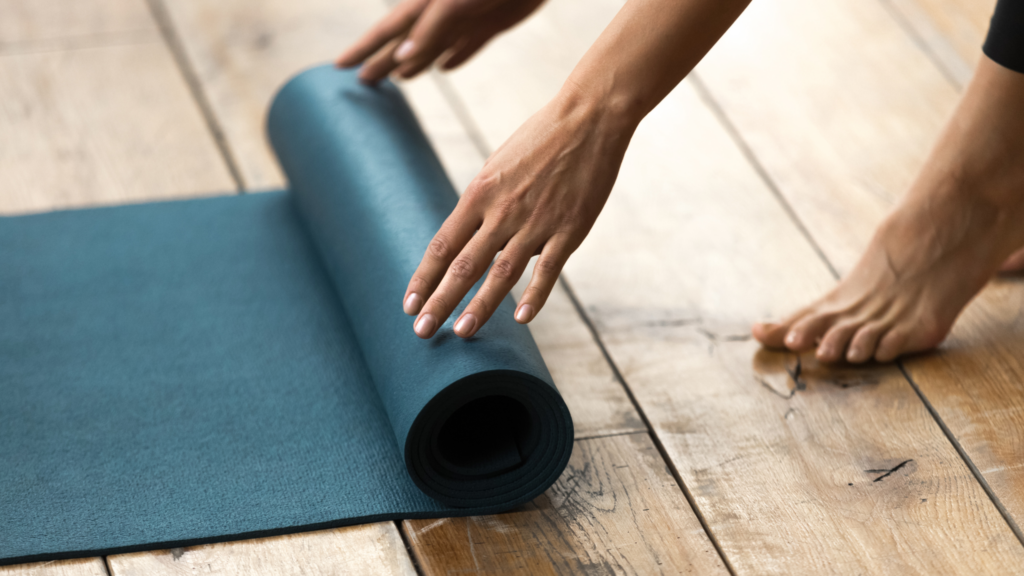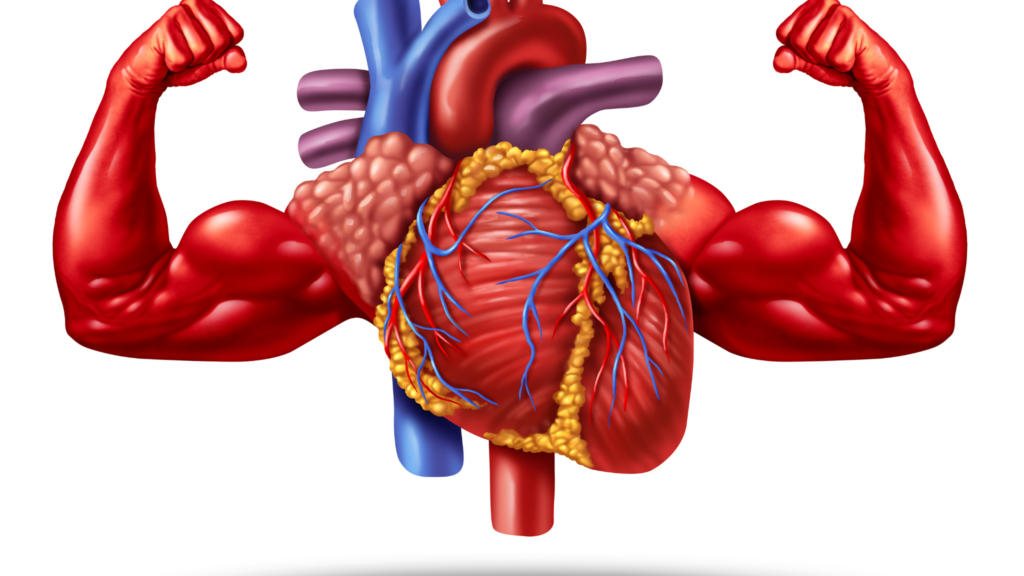A healthy diet/lifestyle and exercise are your best friends for a healthier body. If you get the best cardio workout for heart health, you’ll prevent many health issues.
What is the best exercise to prevent heart disease, though? Every person has a different lifestyle, and not all exercises are heart-healthy, so you must be careful when creating your routine.
Today, we’ll cover the best exercises you can consider to strengthen your heart. You can do most of these with your own body weight, though, so choose your favorite one, and let’s get started.
Why Should You Strengthen Your Heart?
Aerobic exercise and resistance training are among the best options to include in your regular exercise routine. Whether you’re doing moderate or vigorous exercise, your heart will be able to pump blood to the body more efficiently, promoting better blood flow and oxygen levels.
You don’t need to do high-intensity interval training to achieve better cardiovascular health. As long as you incorporate some sort of aerobic exercise or resistance training into your exercise program, you’ll get many benefits.
Not keeping your heart health in check, don’t the other hand, increases your risk of suffering from heart disease. Sedentarism is known for causing a wide range of problems, including cancer, diabetes, hypertension, high blood pressure, and more.
Thankfully, you don’t need to be a fitness expert to improve the function of your cardiovascular system. As long as you know which options you can implement in your routine, you’ll be good to go.
You can also ask your physician for advice. They will suggest a routine based on your current health conditions.
Best Exercises to Strengthen Your Heart and Prevent Heart Disease

Here are the best exercises you can start doing today to keep your heart healthy. You don’t have to do them all to be healthy, but rest assured that each one has unique benefits to your body that you won’t want to ignore.
We got three different types of exercises you can do:
- Aerobic Exercise
- Resistance Training
- Stretching and Balance Training
Let’s get started!
#1 – Walking
Walking is often considered the best exercise to improve heart health. If you’re young, this option may seem boring, but keep in mind there are many ways to make walking interesting.
If you have resistance, you can walk fast and work your heart a bit more without risking your joints. On the other hand, if you don’t feel like walking on your own, you can ask a friend or family member to go with you.
Walking is also a great exercise during which you can listen to your favorite music or podcasts, so it can become a fun activity to look forward to each day.
The most important benefit of walking is that you can do it anytime and anywhere, so it’s the option that will fit most people.
#2 – Stretching
Even though stretching isn’t directly linked to better heart health, it helps keep your joints and muscles away from pain, which will allow you to keep doing resistance training and aerobic exercise without any issues.
If you’re doing weight training, for example, you can incorporate a short stretching session. It will help bring your heart rate down safely.
#3 – Bodyweight Training
Bodyweight training is perfect if you want to start working on developing muscle mass and strength. Depending on your current fitness condition, you can start with basic exercises like squats, push-ups, and sit-ups, and then work your way up to more complex routines.
#4 – Weight Training
Weight training, on the other hand, allows you to give more intensity to your workouts. Even though weight training is the go-to option for many people, it still involves a higher risk of injury, so make sure you do your exercises correctly.
#5 – Swimming
Did you know that swimming can be a great full-body workout? It works your back, leg, arm, chest, and core muscles all at the same time.
Swimming is great for those who want to get stronger without putting extra pressure on their joints. It’s also an excellent workout if you want to improve your heart health.
#6 – Yoga
Yoga is one of the best ways to achieve a healthy heart. Many people see a yoga class as a glorified stretching session, but it goes beyond that. Some routines will even allow you to tone your muscles and get your heart rate up, so if you want to promote better heart health, this is a great option to consider.
#7 – Cycling
Cycling has a ton of benefits to your heart, and it’s also fun! The best part of cycling is that you can choose how intense you want your workout to be.
If you’re in the mood for a low-intensity session, then you can go at a slower speed. On the other hand, if you want higher intensity, then you can get a great workout on your legs and get that heart rate up.
A great thing about cycling is that it can also do wonders for your mental health. Overall, it’s a pretty awesome workout option for those who want to keep their health in check.
#8 – Interval Training
Interval training mixes moderate to high-intensity workouts with active recovery sessions. This is excellent for those who can’t do a full high-intensity workout at first and want to split the routine into sessions to make it easier.
Bottom Line – Get Started with Regular Exercise Today!

Physical activity and cardio exercise will always play a huge role in keeping our bodies healthy. Whether you do an intense full-body workout or flexibility/balance exercises every day, you will ensure your blood vessels are performing as efficiently as possible, which will lead to a healthier heart and a longer life.
Talk to your physician before doing any of these exercises to ensure you’re good to go, especially if the routine involves high-intensity exercise.








